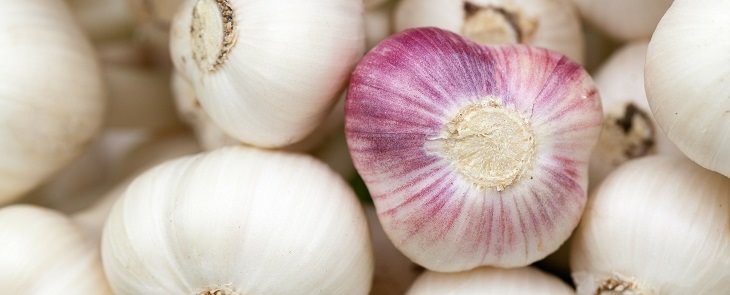
As the awareness of growing organic vegetables increases, or simply because of how fun it is to grow vegetables ourselves, well-kept gardens are becoming more and more popular. Of course, there isn’t a need for a huge plot of land to keep such a garden, as a few planters on a terrace will do the trick as well. So to all those amateur gardeners, and to all those who’ve wanted but not yet dared, the following information is a gift.
Keep reading to learn about when you may want to grow what, how much water each veggie needs, how much distance you want to keep between each seedling, what to watch out for and when to pick. So good luck, have fun, and don’t forget to invite your friends to Saturday brunch for a fresh salad!
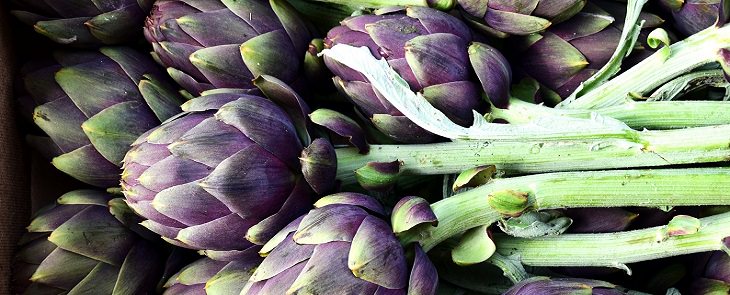
The artichoke is a herbaceous, thorny, perennial plant. The plant has a deep, thickened storage root and therefore needs a bed of heavy, deep soil. Your artichokes will be ready to pick in 6 months. Plant at a spacing of 3-4 inches.
Recommended seasons: spring, winter

Beets should be planted at a depth of 2 cm and after around 6 days you’ll start seeing some sprouts. Beets take about three to six months to grow. The plant should be watered in the summer every 3-6 days, and in the fall and spring every 4-7 days.
Recommended seasons: spring, fall, winter

Chard needs about an 18-inch space between seeds and will be ready for picking about 50-60 days after being planted.
Recommended seasons: spring, fall, winter

Broccoli should be planted at a spacing of 12-24 inches, and broccoli heads (what appears before the flowers start to bloom) can be harvested after 60-90 days.
Recommended seasons: spring, fall, winter

Cauliflower is very sensitive to growing conditions and temperatures and, therefore, it needs consistently cool temperatures in the 60’s, otherwise, they won’t fully grow. Cauliflower seeds should be planted between 18- 24 inches apart from each other and take around 75-85 days to grow.
Recommended seasons: spring, winter

Cabbage Varieties - Copenhagen cabbage should be planted in autumn or early spring because its growth period is long - 120 days until ripening to harvest. The large Braunschweig variety requires 100-120 days to grow when planted between August and October and is harvested at the end of autumn or early winter. Seedlings should be spread out at a distance of 18 inches from each other to allow future growth space.
Recommended seasons: spring, fall, winter

Carrots should be planted 3-5 weeks after the last spring frost. Its seeds should be planted 3-4 inches apart and soil should be kept moist. Carrots take between 2-4 months to fully mature.
Recommended seasons: spring, fall, winter

Celery can be planted all year round, but it is best to grow it as an autumn/winter crop for tasty and nutritious leaves and stems. The celery plant likes large quantities of water during growth when planted directly into flowerbeds. Seeds should be planted at a distance of 10 – 12 inches apart.
Recommended seasons: spring, fall, winter

Corn needs sunny days and warm nights for successful growth but adapts to different conditions. Planting should be done in April and before that the seeds should be soaked in water overnight. Plant seeds at a depth of 1 inch and 4-6 inches apart.
Recommended seasons: spring, summer
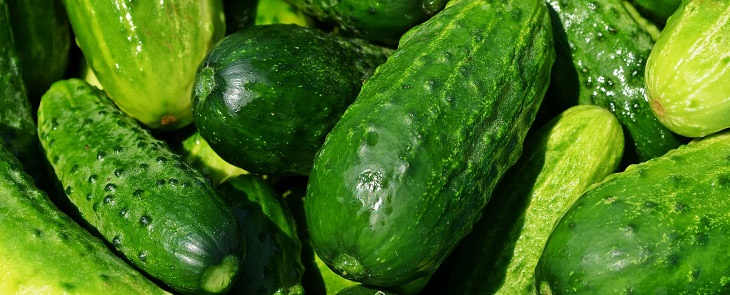
Cucumbers should be planted a week or two after the last spring frost at a depth of 1 inch and a distance of 36 – 60 inches apart depending on the variety. The plant loves full sun and a lot of water but make sure not to water the leaves themselves as this attracts pests.
Recommended seasons: spring, summer

The eggplant is a perennial plant with a height of 1.5 – 5 ft. The eggplant plant has a large foliage and therefore should be planted at a radius of 8 inches from each other. Under favorable conditions (end of March and early May) germination takes place 8-10 days after planting. 3-4 weeks from when the flower appears on the plant the fruit will be suitable for harvesting and eating.
Recommended seasons: spring, summer

Kohlrabi seeds can be germinated in a heated (plastic covered) seedbed, or in the house about two months before the end of winter. Similarly, Kohlrabi seeds can be sprouted in shaded seedbed towards the end of the summer. The seedlings can be transferred to the flower beds a month and a half after sprouting. Kohlrabi seeds should be spaced 9-12 inches apart.
Recommended seasons: spring, fall, winter
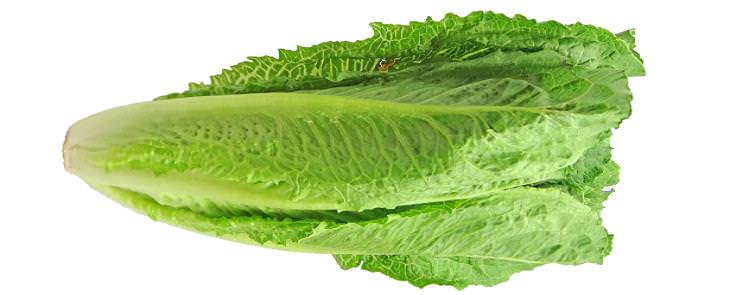
The main planting seasons for lettuce are autumn and winter. September - October in the fall and January - February in winter (in covered seedbeds). In autumn planting, it is recommended to soak the seeds until they puff up and expose them to light so they start sprouting (if they are sown in soil, there is a chance that some of the seeds won’t germinated. A distance of 4-16 inches should be kept between seeds depending on the variety.
Recommended seasons: spring, fall, winter
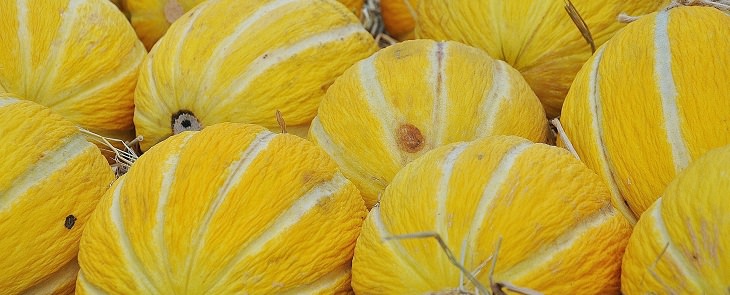
Melon seeds can be sown immediately after the spring’s last frost. For successful and easy germination, wait until the temperature of the soil warms slightly. Plant 2 to 3 seeds in groups 18 to 24 inches apart at about ½ -1 inch deep.
Recommended seasons: spring, summer
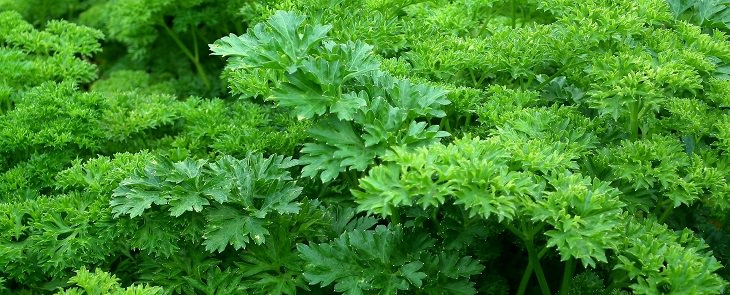
Parsley should be grown 3-4 weeks before the last spring frost as it grows slowly. Parsley needs at least 5 hours of sunlight per day and moderate watering as needed. Plant it at a depth of up to ½ an inch at a distance of 6-8 inches apart. You’ll start seeing sprouts about 3 weeks after sowing.
Recommended seasons: spring, fall, winter
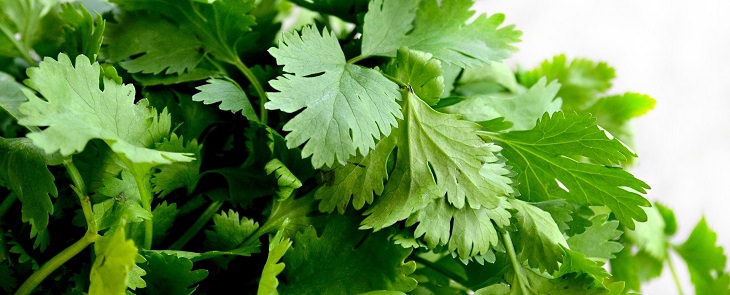
Cilantro seeds should be planted at a depth of 1 ½ inches and spaced at 1-2 inches apart. For the best results, the seeds should be germinated beforehand. Seedlings should be watered regularly with about an inch of water per week.
Recommended seasons: Spring, winter
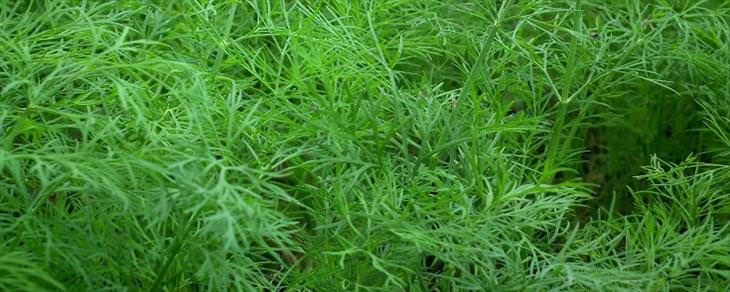
Dill seeds should be planted at about ½ inch deep and 19 inches apart in rich soil. Dill isn’t a good transplant plant and should, therefore, be planted in your garden in early summer. You should start seeing sprouts after 10-14 days. The plant is suitable for growing in full light conditions but should be sheltered from strong winds.
Recommended seasons: spring, winter
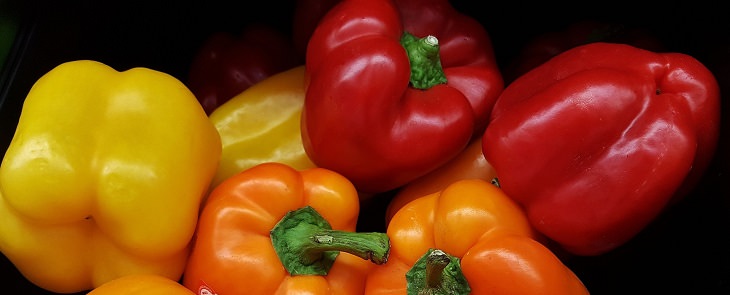
Bell peppers are a warm season crop and therefore their seeds need to be germinated and kept at least 70 degrees Fahrenheit. Transplant seedlings should be planted 18-24 inches apart at a soil temperature of 65 degrees F, as they will die in anything colder.
Recommended seasons: spring, summer
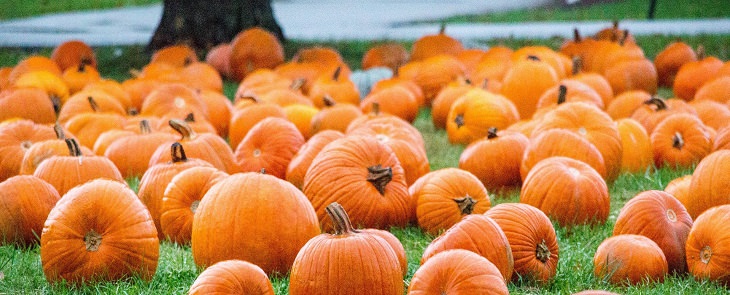
To grow pumpkin in the spring you can germinate seeds in a heated seedbed (covered with plastic), or in your home, about two months before the end of winter. 4-5 seeds should then be planted in “pumpkin hills” (the size of small pitcher mounds) at a depth of 1 inch. Pumpkin hills allow the soil to warm more quickly causing quicker germination.
Recommended seasons: spring, summer
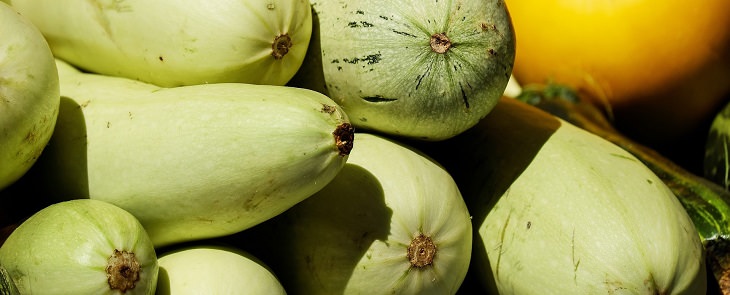
Zucchini needs warm soil and therefore should be planted one week after the last spring frost to midsummer. Its seeds should be planted about one inch deep and 2-3 feet apart. Zucchinis should be watered once a week with at least one inch of water – make sure the soil is moist four inches down.
Recommended seasons: spring, summer
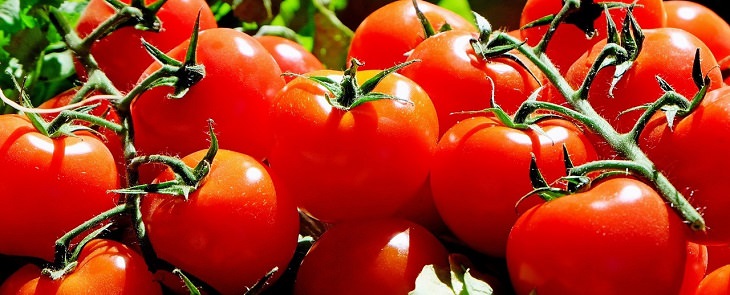
Tomatoes require relatively high-temperature conditions and is therefore considered a summer crop. Seeds should be started indoors 6-8 weeks before the last spring frost, and transplanted once the soil is warm. Seedlings should be planted 2 feet apart and watered well.
Recommended seasons: spring, summer
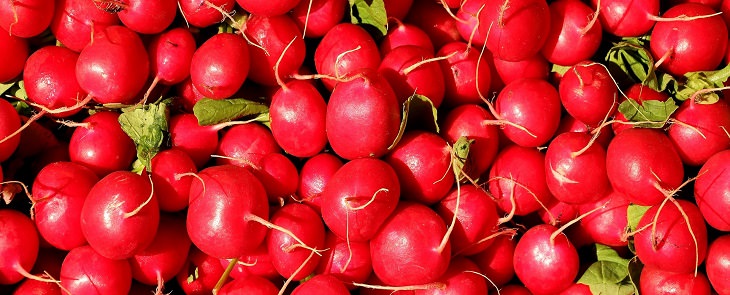
Radishes are a cool season vegetable that matures rapidly. Hot climates, on the other hand, affects the taste of the radish. Plant seedling in wet ground at a depth of ½ an inch and one inch apart. Radishes need a lot of sun and will be ready for harvesting as soon as three weeks after planting.
Recommended seasons: spring, fall, winter
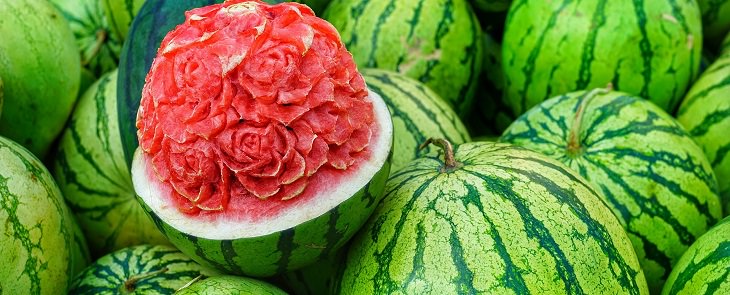
Watermelon seeds should be planted in warm spring soil (seeds will not germinate in cold temperatures, so there’s no need to rush). The watermelon plant enjoys a lot of water and it is also recommended to soak the seeds to ensure germination, or to plant a number of seeds together and then thin them out once they grow. It is recommended to space the plants about two feet. While growing, watermelons love large amounts of water.
Recommended seasons: spring, summer

Green bean seeds should be planted after the last spring frost at a depth of 1 inch and at a distance of 10 inches from each other. Seeds shouldn’t be planted earlier than the spring since they are likely to rot in cold, damp soil at the end of winter.
Recommended seasons: fall, spring

Onions are a cold-season crop and are therefore recommended to plant early in spring. Onions should first be germinated indoors and then transplanted. When transplanting, plant at a depth of 1 inch and 4-5 inches apart. One inch of water a week is enough, however, if you want sweeter onions, water more.
Recommended seasons: fall, winter

Growing potatoes is dependent on the varieties' characteristics, climatic and soil conditions. Potatoes prefer colder soil and therefore in warmer climates, should be grown as a winter crop. Cut potato tubers out of the potatoes 1-2 days before you plan on planting them so that they have time to form a protective layer. Potatoes should be planted in a trench 12-16 inches wide and 8 inches deep at a distance of 14 inches apart, and then covered with 3-4 inches of soil. After 12-16 days, when sprouts begin to appear, gently fill the trench with another 3-4 inches of soil, leaving a few inches of the plant exposed. Repeat again after a few weeks mounding the soil 4-5 inches above ground level. Potatoes need to be watered regularly.
Recommended seasons: winter, spring
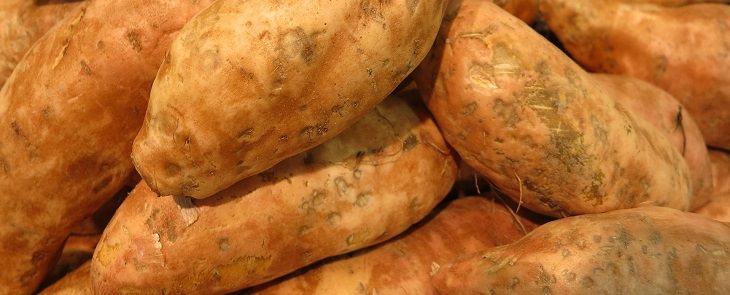
Sweet potatoes are a warm climate vegetable and are, therefore, best planted 3-4 weeks after the last frost. Sweet potato slips should be planted 6 inches deep and 12 inches apart in full sun. Water with 1 inch of water a week until 2 weeks before harvesting to let the soil dry out a bit. They will be fully mature and ready for harvesting between 90-170 days after planting.
Recommended seasons: spring
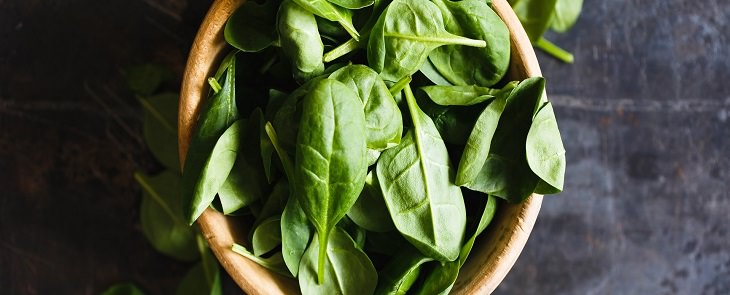
Spinach can be grown in very early spring as well as in the fall and winter as it enjoys cold weather. It requires similar growing conditions to lettuce. Spinach should be planted in an area with full sunlight to shade and in well-drained soil. Plant the seed ½ an inch to an inch deep covering lightly with soil. The soil needs to be cold for the seeds to germinate and therefore should not exceed 70 degrees F. spinach loves water so be generous. Spinach needs at least 6 cool weeks, especially cold nights. Spinach will mature between 37 to 45 days of planting.
Recommended seasons: fall, winter
